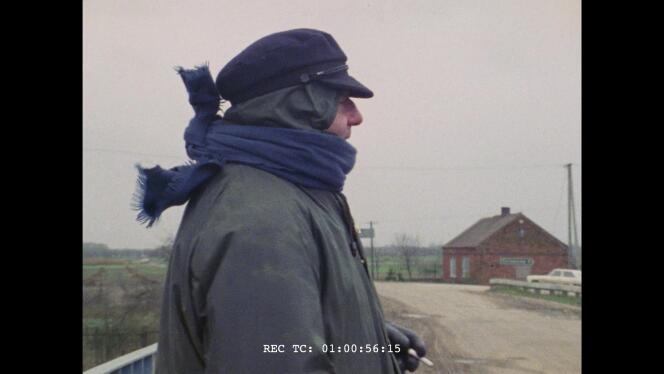


It was 12 years in the making. Two hundred and twenty hours of rushes filmed mainly between 1978 and 1979: 185 hours devoted to 70 interviews, 35 to locations and landscapes. Ten of these were used to make Shoah (1985) in an editing process that alone lasted five and a half years. Like an iceberg, this monument of contemporary cinema overlays the existing film like a kind of ghost 20 times its size, and of which it is, in a way, an integral part.
Editing, the decisive operation, split this mass into two distinct bodies of work. On the one hand, the public work that names and defines the Shoah, its ambition as art, its posterity, its inclusion both in the history of cinema and in the collective memory of the event. On the other hand, the filmed material endowed with just as much testimonial value and destined par excellence for the field of historians' research.
However, in his memoir The Patagonian Hare, Claude Lanzmann evoked not only the dramaturgical but also the moral difficulty of editing this film: "To choose is to kill," he wrote. In this light, Shoah is not only the masterpiece we know it to be but also a kind of long remorse bearing the traces of all those left out of the final cut. Just the thing for a film that records the words of the survivors of the inferno, who themselves bore witness to the extermination of their companions and loved ones. Lanzmann, no doubt, saw himself as a modern-day Charon, convoying these unburied souls to the realm of the dead, where, in the chiaroscuro of the cinema screen, they could finally find rest.
This explains the sequence of films he made after Shoah, using rushes from his magnum opus. A Visitor from the Living (1997), about Red Cross delegate Maurice Rossel at Auschwitz, who saw nothing of note there. Sobibor, October 14, 1943, 4pm (2001), about Yehuda Lerner, a colossal hero and one of the Sobibor camp rebels. The Karski Report (2010), about the Polish resistance fighter who bore witness to the Allies' abandonment of the Jews. The Last of the Unjust (2013), about Benjamin Murmelstein, head of the Jewish community at the Theresienstadt camp, who took on his task with the heroic intelligence of his abjection. The Four Sisters (2017), which collected the testimony of survivors Ruth Elias, Ada Lichtman, Paula Biren and Hanna Marton, who finally made women's voices heard in this concert of dereliction. All magnificent, all deeply moving, all must be rediscovered.
It would seem that the creator's death brought a definitive end to this movement, which the extraordinary richness of these rushes could nevertheless have prolonged. "If he had lived 150 years, he would have carried on," said his widow, Dominique Lanzmann, who inherited the moral rights to the work, and worked toward its inclusion in Unesco's Memory of the World register in May. Sold by the filmmaker in 1996 to the United States Holocaust Memorial Museum in Washington, D.C., which opened in 1993 and quickly became one of the leading institutions for the memory of the Holocaust, these rushes, along with the script of the interviews, took 20 years to digitize and are now freely available for consultation on the institution's website.
You have 35% of this article left to read. The rest is for subscribers only.
